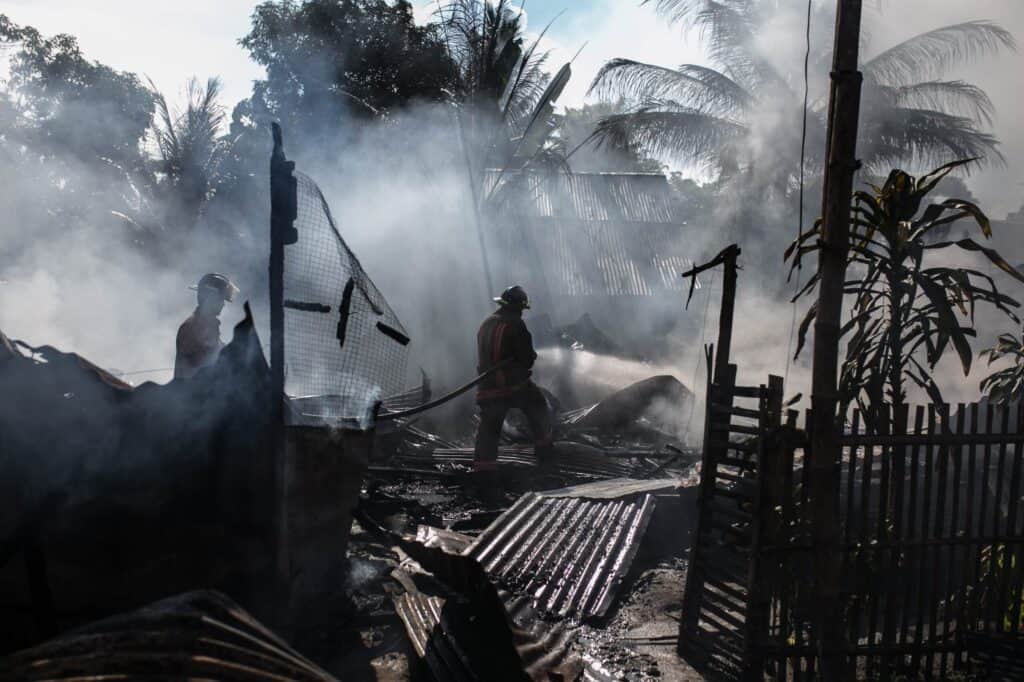Emergencies and disasters can happen at any time – are you prepared?
Here are some action items you can take to prepare:
Emergency Fund:
Put money in a special savings account as an Emergency Fund to cover food, medicine, and lodging. Ideally it should provide for at least 1-2 week’s worth of expenses of at least $70 per day per family member
Stash Some Cash:
In the event of a disaster, banks may be closed, and ATMs inoperable. Make sure you have enough cash hidden somewhere safe inside the house, at least to cover 2-3 days of expenses until banking systems become available again, or you are able to move to a safer area
Have an Emergency Credit Card:
Have one credit card that is designated for emergency purposes only. Ideally with no annual fee, or at least a very low fee, so you can track emergency spending separately, which can often be reimbursable by your insurance company
Get Rid of Bad Debt:
Aside from using up a lot of your monthly income to pay off high interest credit cards and other loans, having a lot of “bad” debt can affect your ability to get access to emergency credit, or an emergency loan at a reasonable interest rate
Collect and Store Important Documents:
Important documents, including insurance policies, Social Security cards, driver’s licenses, birth certificates, passports, mortgage paperwork, tax records, wills and recent financial statements should be stored in a water and fire proof box or safe, and kept in a place where you can find and take it on very short notice. Documents can also be scanned into an electronic format and uploaded to a secure, password protected online storage folder. Computers may be destroyed, lost or stolen – aside from making sure the contents are encrypted and protected by a strong password, you want to be sure any important content is uploaded to “the cloud”
Review Your Insurance Coverage:
The day after a disaster is not the time to be asking your insurance agent if you have enough coverage – call your agent now, and do a review of your various policies with a focus on disaster coverage, reimbursements and deductibles to make sure you’re fully covered and know all inclusions, exclusions and other costs you might be responsible for
n you are designing with Lorem Ipsum, you diminish the importance of the copy by lowering it to the same level as any other visual element

